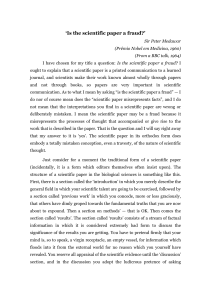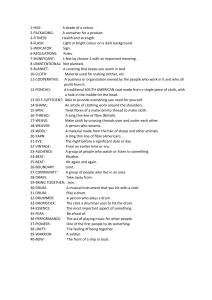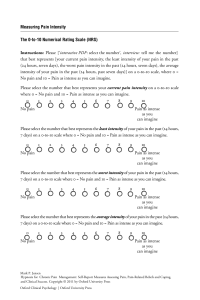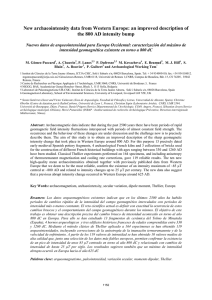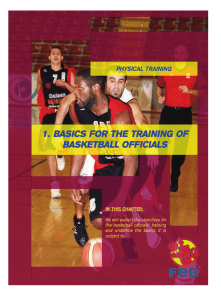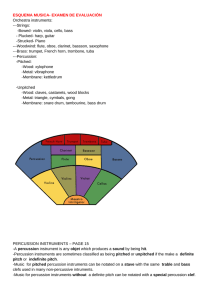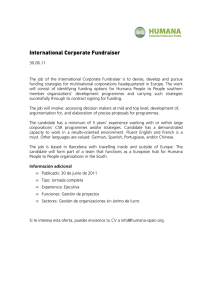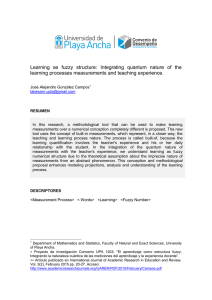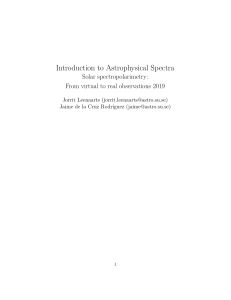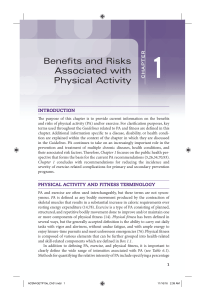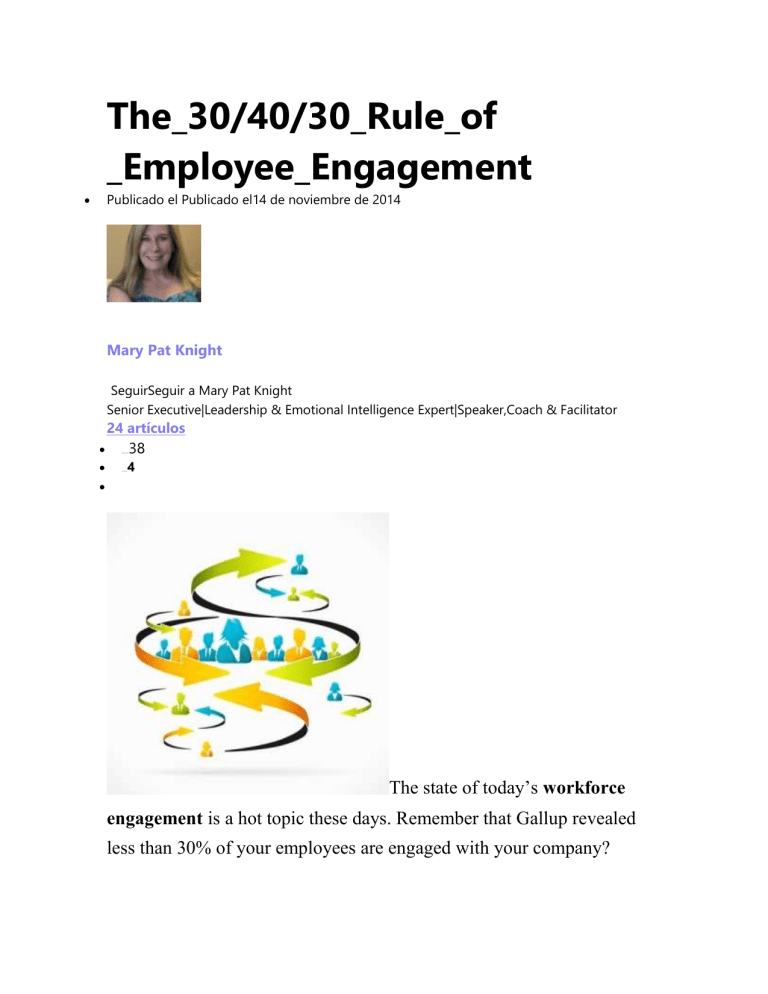
The_30/40/30_Rule_of _Employee_Engagement Publicado el Publicado el14 de noviembre de 2014 Mary Pat Knight SeguirSeguir a Mary Pat Knight Senior Executive|Leadership & Emotional Intelligence Expert|Speaker,Coach & Facilitator 24 artículos 38 Recomendar Comentar 4 The state of today’s workforce engagement is a hot topic these days. Remember that Gallup revealed less than 30% of your employees are engaged with your company? This presents a great opportunity for all of us to step up as Emotionally Intelligent Leaders. A good many of the reasons for the disengagement could be addressed with the active management of emotions, the constancy of communication and the willingness to ease up on command and control. Let’s look at the 30/40/30 rule as it applies to discretionary effort and engagement. Facts: 30% of your employees are your champions. They are your positive mouthpiece on Glassdoor. They are your ambassadors of hiring. They are those who work the corporate objectives with purpose and passion. 30% of your employees are actively disengaged with you. They don’t care. They are posting the poor reviews on employment sites. They steer people away from the company. They bog things down. They hate you. 40% are on the fence, using nominal discretionary effort, but waiting to see which side wins. On which percentage group should you focus? Most of us, admittedly, focus on the bottom 30%. They eat up our time with reprimands, coaching, cajoling, re-do’s, re-explanations. OK, you get the picture. They take a lot of time to manage – and what are we really managing but the bad PR and ill-will? It is an awful energy suck. Interestingly, if you were looking at your business customers, wouldn’t it be beneficial to release and let go of the bottom percentage who take up all of your time? Great consulting practices regularly fire the bottom 10% annually to make room at the top. Perhaps you say we should focus on the middle? Yes, but not yet. Although counter-intuitive because many of them are so self-sufficient and high-producing, the group that requires the most attention is the top 30%. It’s a special kind of attention: Recognition of a job well done Regular coaching to break through the next set of barriers The awarding of higher profile assignments Constant feedback for improvement – always offered in the spirit of “you can do it” Allowing the learning to come from the mistakes incurred by this group – they are the de-facto teachers through their effort Setting an environment where this group of leaders can interact with and spark each other Who is watching this? Yep. That middle 40%. They start to notice that the top 30% are winning and that side begins to look more attractive. This is when you can start to pay a little bit more attention to that middle group. Who is willing to step up? Who is willing to be a teacher from his or her own mistakes? Who starts sitting at the table with the “in crowd?” Emotionally Intelligent Leader that you are, you will see who is ready to move and you then can coach, communicate and connect to create that movement. The teeter totter starts to tip towards the engagement crowd. On the back-end, you are watching the disengaged. Some of them will cross over to the mid-section. A few, who have found their inner light once again, may even find themselves in the top 30%. Celebrate. There are no “I told you so’s” here. Those that remain will either opt out on their own because the environment has changed and they can’t prevail or they will be deselected by you. This happens all without fanfare or drama…because…the rest of the group is looking in the other direction. From a leadership perspective, you have to be drama-proof and purposeful. Neutral (described as passionate, purposeful, and unhooked by emotions) is the preferred stance. And you must be constantly banging the drum of culture, communication, commitment, connection. Not only banging the drum…but doing the dance, too! APRENDIZAJE I use a 30-40-30 rule when describing the typical participation of online learners. Expecting this type of interaction will ease your mind about student involvement and perhaps, find different ways to reach them. Save Probable hours of student participation per week: 2 Instructor Time First, the less you are facilitating in a course the more content you have to create to replace you. Adversely, the more you are involved (i.e. posting comments, providing live calls, giving individual or group feedback) the less you need to construct online. You can see the shift in facilitator involvement with the intensity of a course, whereas a light course should have complete instructions, lessons and learning resources as the facilitator might be absent. Second, and listen very carefully … you will burn out if you attempt to answer every post or comment by your students (assuming there are 25+ students.) To avoid this, try the following: 1. Every day or 3 times a week, quickly review the posts by students 2. Immediately address those needing help (i.e. tech glitch, very confused, missing learning materials) 3. Find a few key posts that seem to be stating or asking the same as others and post your answer where everyone can see it. Mention the name of the posters and that you see others have the same ideas/comments/questions 4. Give space for peers to help each other as they might have great ideas to share 5. Summarize the discussion adding the odd name of posters to show you have been reading their work. Dispel any misunderstandings of the content, at this time. Expected hours of instructor participation per week: Light intensity course: 2 Medium intensity course: 7 High intensity course: 15 Supportive Technology for Facilitation There are two terms to how people interact and communicate online: Asynchronously or synchronously.
